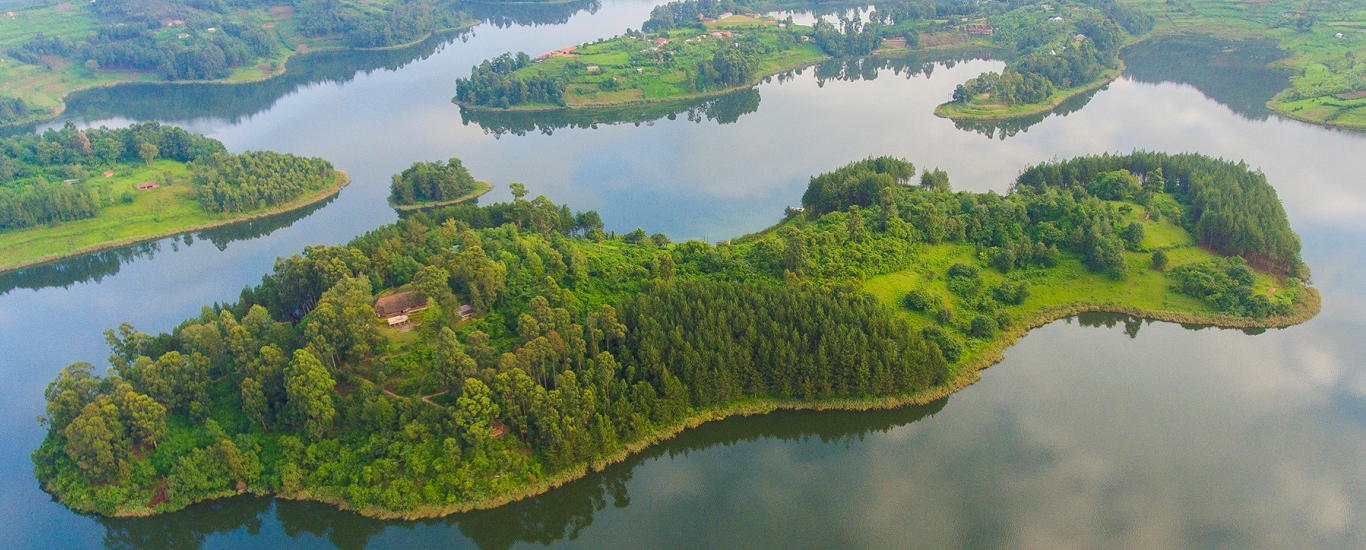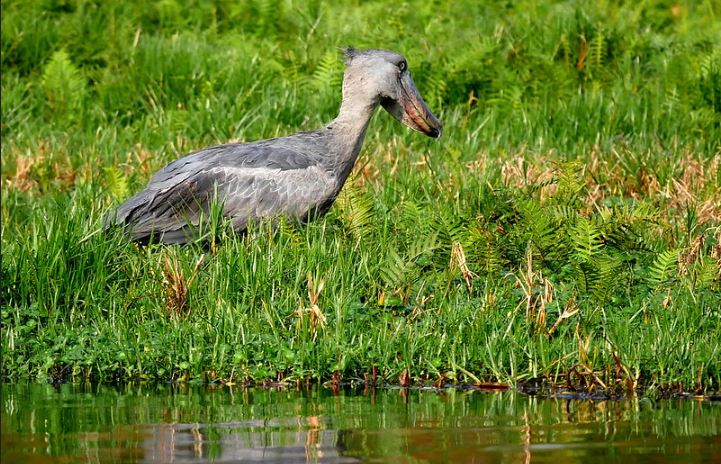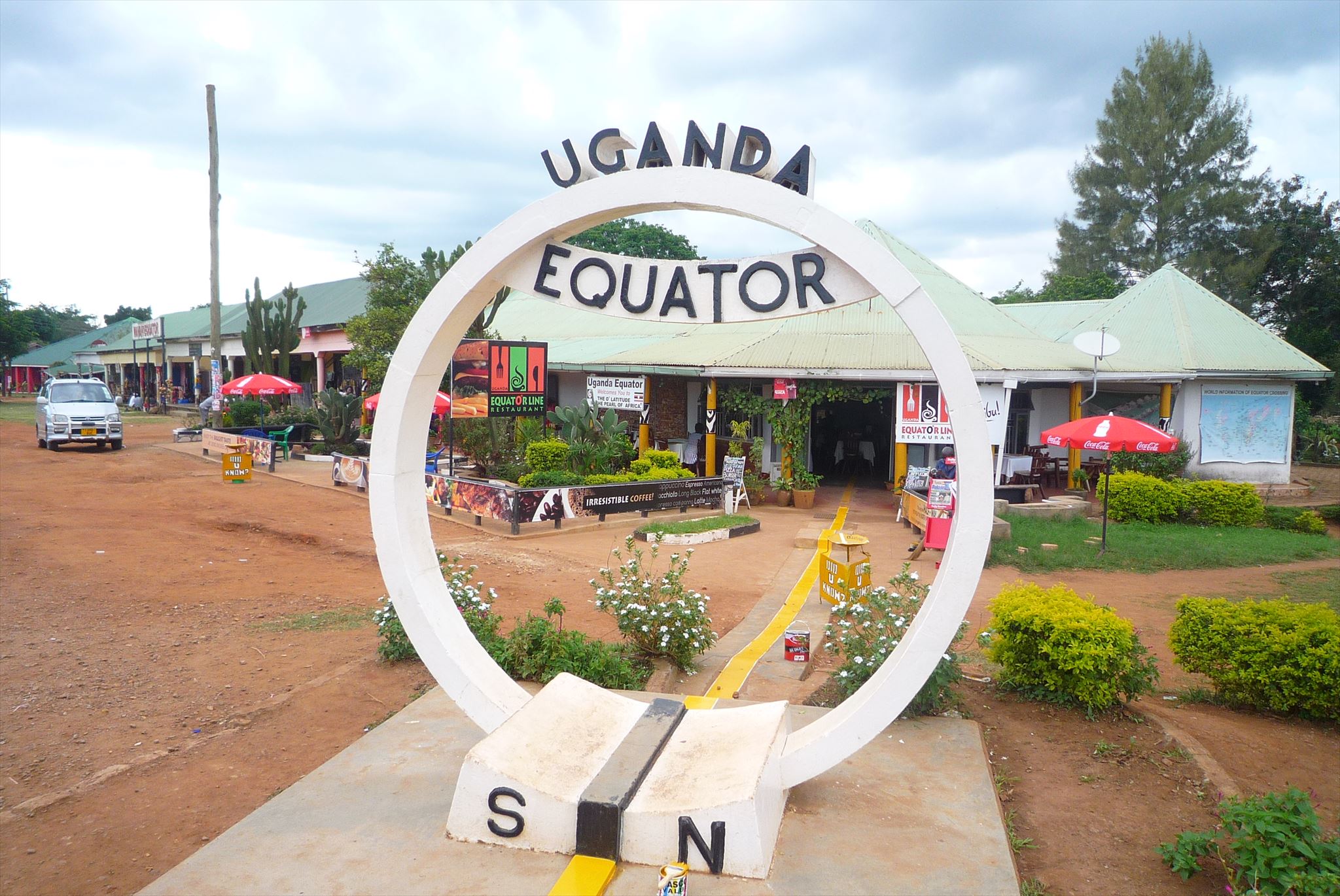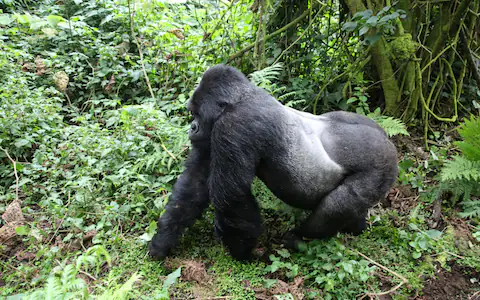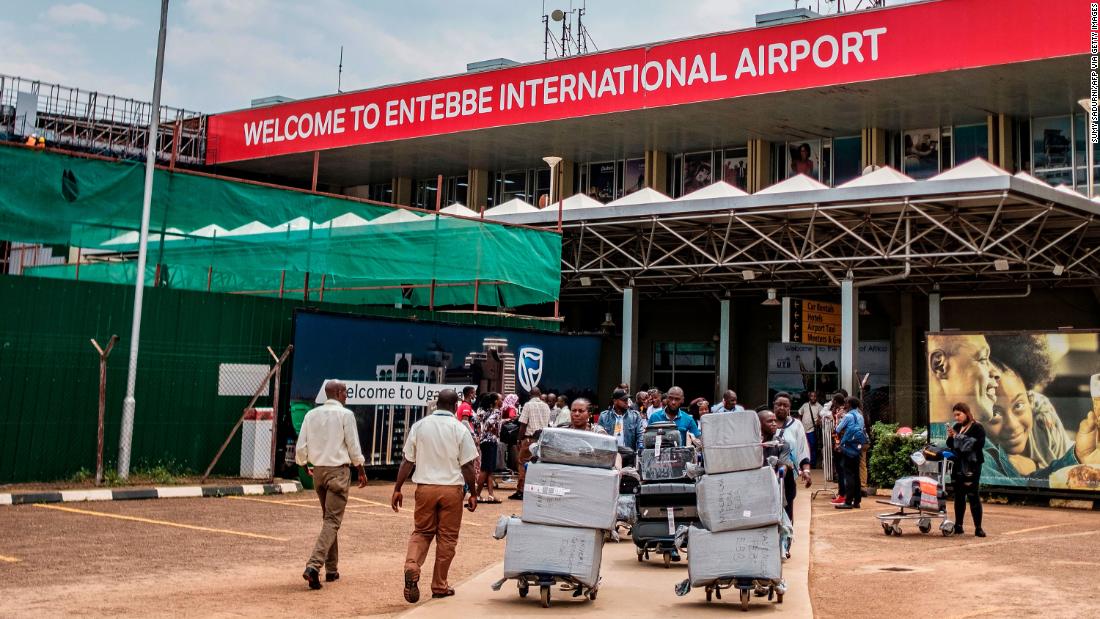Lake Bunyonyi activities and canoeing
Lake Bunyonyi activities and canoeing. Nestled amidst the lush greenery of southwestern Uganda, Lake Bunyonyi stands as a shimmering gem in the heart of Africa. Known as the “Place of Many Little Birds,” this idyllic lake is a haven for nature enthusiasts and adventure seekers alike. With its breathtaking landscapes, tranquil waters, and a wide range of activities, Lake Bunyonyi offers an unforgettable experience for those who are drawn to its beauty. In this blog, we will dive into the enchanting world of Lake Bunyonyi and uncover the joys of canoeing while exploring its mesmerizing surroundings.
A Glimpse of Lake Bunyonyi Splendor: Located at an elevation of 1,962 meters, Lake Bunyonyi is one of Uganda’s most enchanting destinations. Its picturesque setting comprises 29 islands scattered across its pristine waters, each with its own unique charm. The lake’s tranquility, surrounded by terraced hills and distant mist-covered mountains, creates a surreal atmosphere that captivates visitors from the moment they arrive.
Canoeing: Embracing the Essence of Lake Bunyonyi: To truly appreciate the essence of Lake Bunyonyi, one must embark on a canoeing adventure. The calm waters of the lake beckon travelers to explore its nooks and crannies, providing an intimate connection with nature. Renting a traditional dugout canoe from one of the local communities offers an authentic experience, as you navigate through the glassy surface and feel the gentle sway of the boat beneath you.
Discovering the Islands: As you glide through Lake Bunyonyi’s serene waters, the islands reveal their hidden treasures. Each island has a distinct story and character waiting to be discovered. Some islands, such as Bushara Island, offer peaceful retreats where you can relax in eco-friendly lodges and enjoy stunning sunsets. Others, like Punishment Island, hold a somber history, serving as a reminder of cultural practices of the past. Take your time to explore these islands, learn their stories, and immerse yourself in their unique ambiance.
Birdwatching Extravaganza: Lake Bunyonyi is a bird lover’s paradise, home to over 200 avian species. As you paddle through the calm waters, keep an eye out for vibrant kingfishers, majestic fish eagles, and the iconic African jacana delicately treading on floating vegetation. The melodies of the lake’s feathered residents create an enchanting symphony, adding to the magical experience of canoeing.
Cultural Encounters: The surrounding communities of Lake Bunyonyi have a rich cultural heritage that is worth exploring. Engage with the locals, learn about their traditions, and witness their daily lives. You may have the opportunity to participate in traditional dances, visit craft markets, or even learn the art of weaving from skilled artisans. These cultural encounters add a deeper dimension to your visit and foster a connection with the people who call this region home.
Conclusion: Lake Bunyonyi, with its tranquil waters and picturesque islands, offers a captivating escape from the bustling world.
across its serene surface is an invitation to immerse yourself in the natural beauty and embrace the rich cultural tapestry of this Ugandan gem. Whether you seek adventure, relaxation, or an opportunity to connect with nature, Lake Bunyonyi and its array of activities, especially canoeing, will undoubtedly leave an indelible mark on your heart and soul. So, set sail on your own unforgettable journey and allow Lake Bunyonyi to weave its magic around you.

